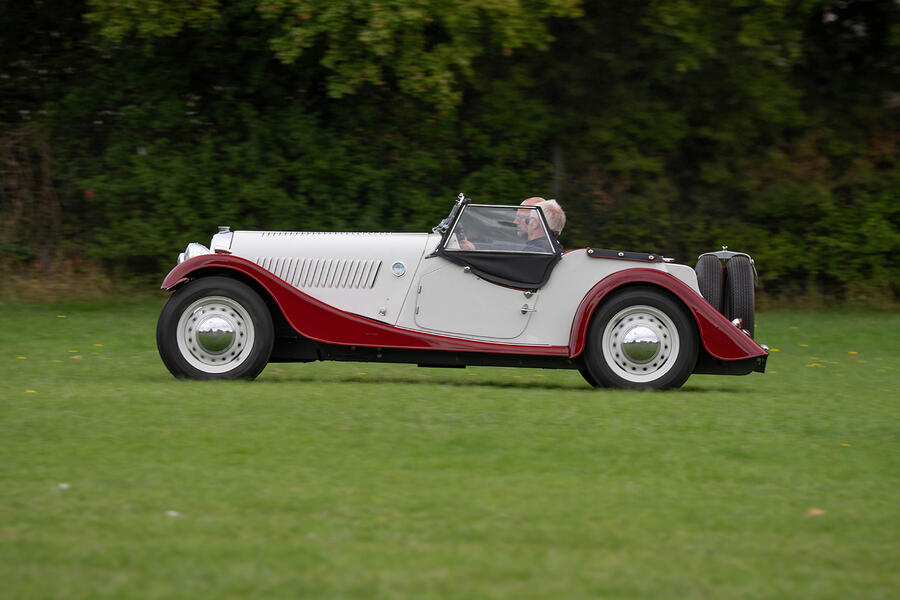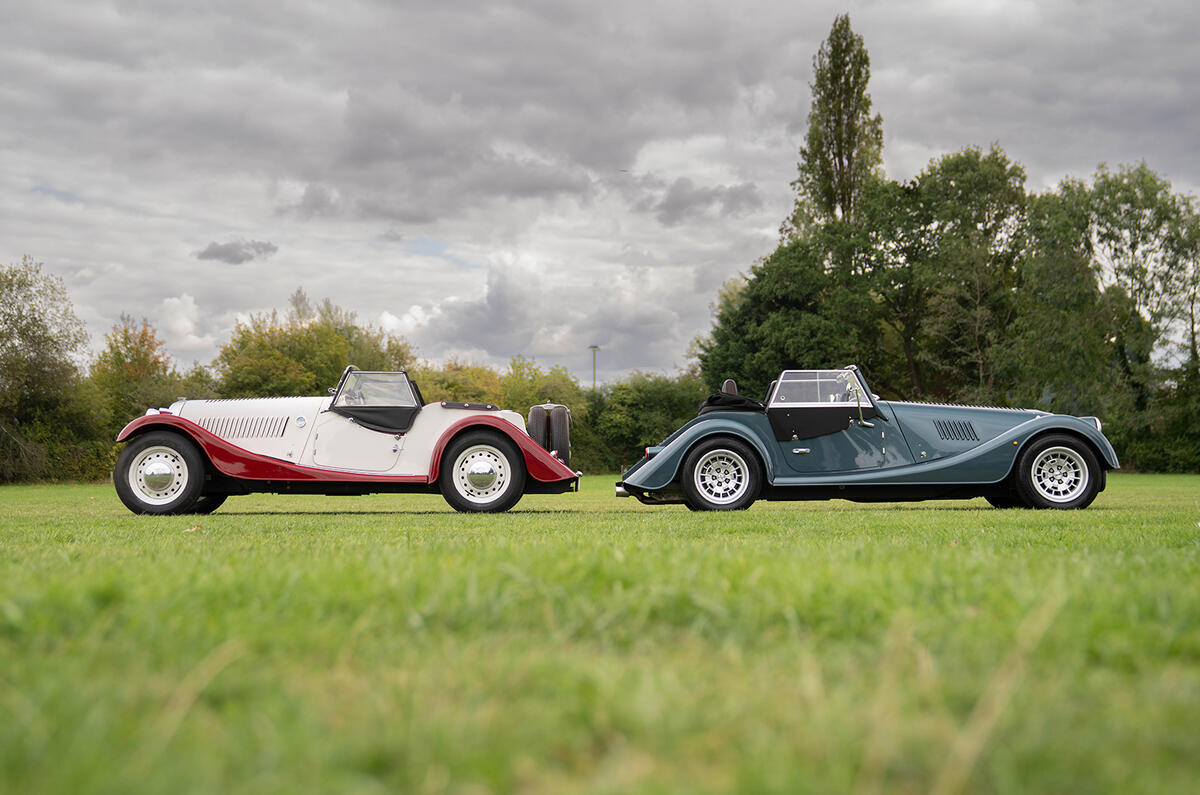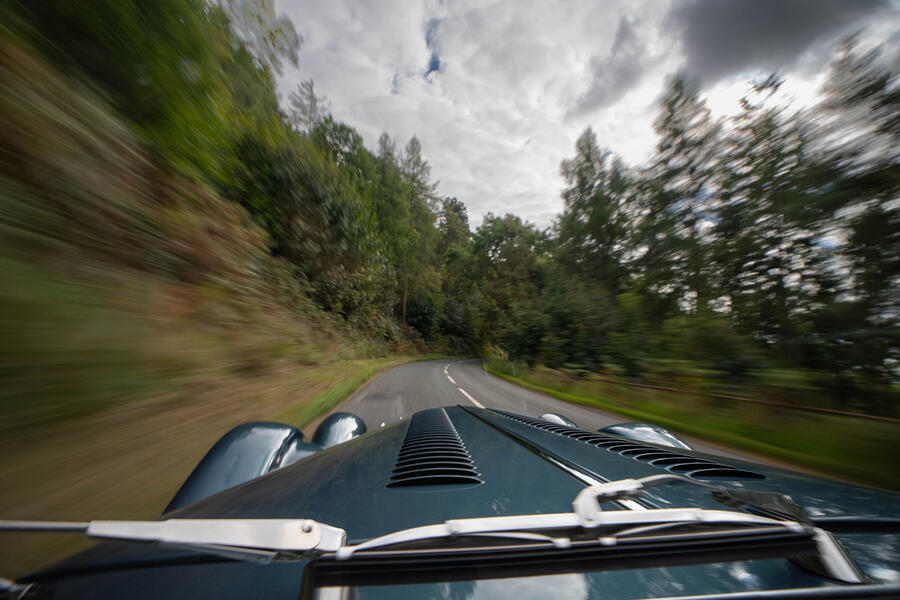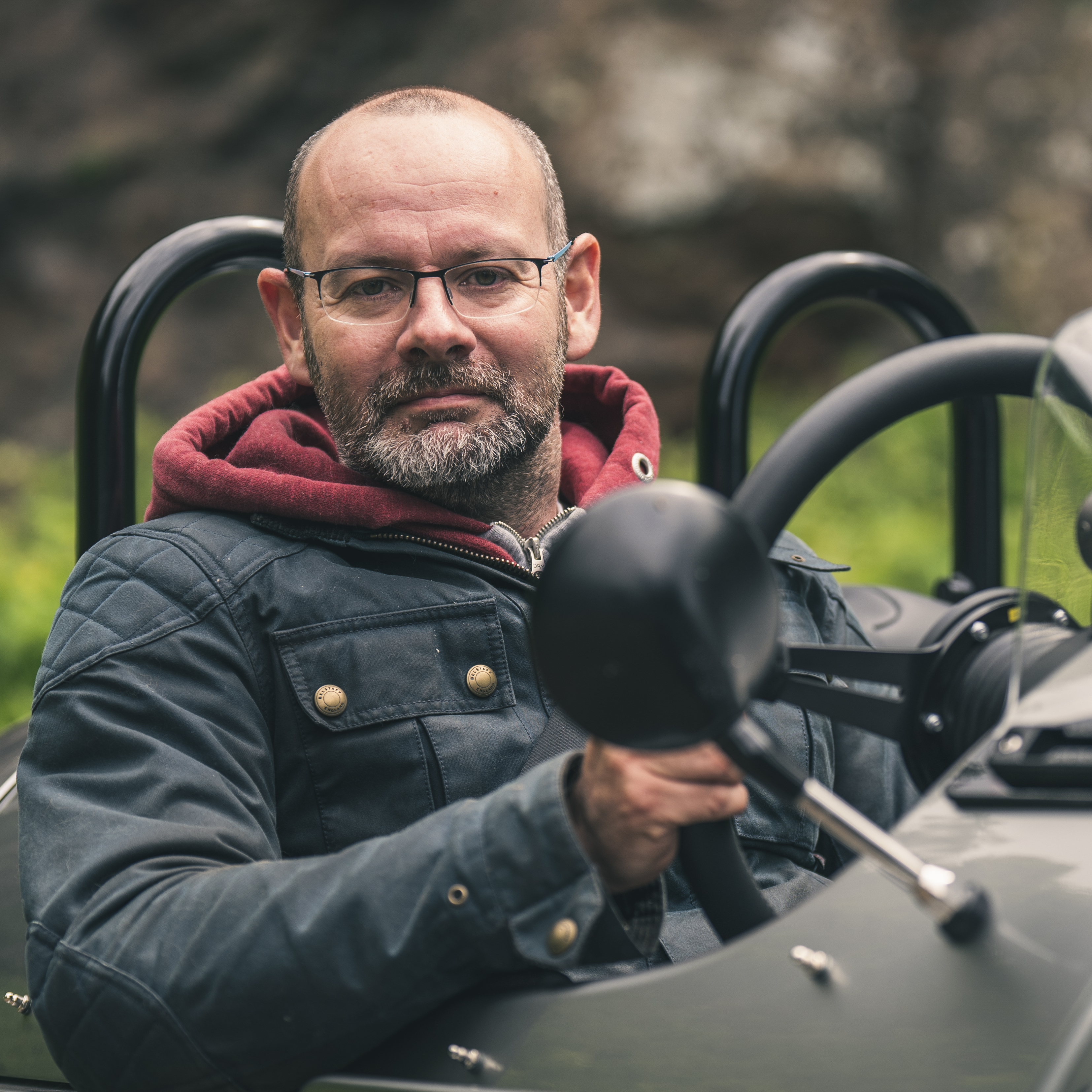They use new tools at the Morgan Motor Company, of course, like the ones for bashing most metal panels. Today they’re metal-tipped rather than wooden so they don’t deform over the years like they used to, which would make different examples of the same car a different shape.
But there are still old tools too, such as the ancient ones they use to put louvres into car bonnets. And perhaps no tool is more significant to the enduring shape of a Morgan than the wooden press that initially shapes out Plus Four rear wheel arches.
It dates from the early 1950s. It might even be the first one. They can’t be sure: paperwork wasn’t what it is. As a result, an original Plus Four from 1950 and a new one have effectively interchangeable rear wings; it’s only a bit of extra width that separates them.
It’s 75 years this week since Morgan announced the Plus Four, via the medium of The Autocar’s pages (29 September 1950, for digital archive subscribers).
“2-litre engine in a high-performance light car,” ran the headline across the top of a double-paged spread. It had a Standard Vanguard unit making 68bhp.

Morgan is abuzz today. It was recently reported that it’s on track to return a profit this year, which isn’t always a given; it has just regained access to the US market; and it has differentiated the models in its range more than at maybe any time – certainly in recent memory.
And the Plus Four lineage from 1950 continues, today with a 2-0-litre BMW engine and 255bhp so rather sparkling performance. But it’s still a car that you buy because it looks like the Morgan you always wanted. Meanwhile, what was the Plus Six has been allowed to become something with a more separate identity: the Supersport. It wasn’t meant to be that way: the project started as a Plus Six facelift and they got carried away.









Join the debate
Add your comment
Did the writer really mean Grow up, not Grow up!